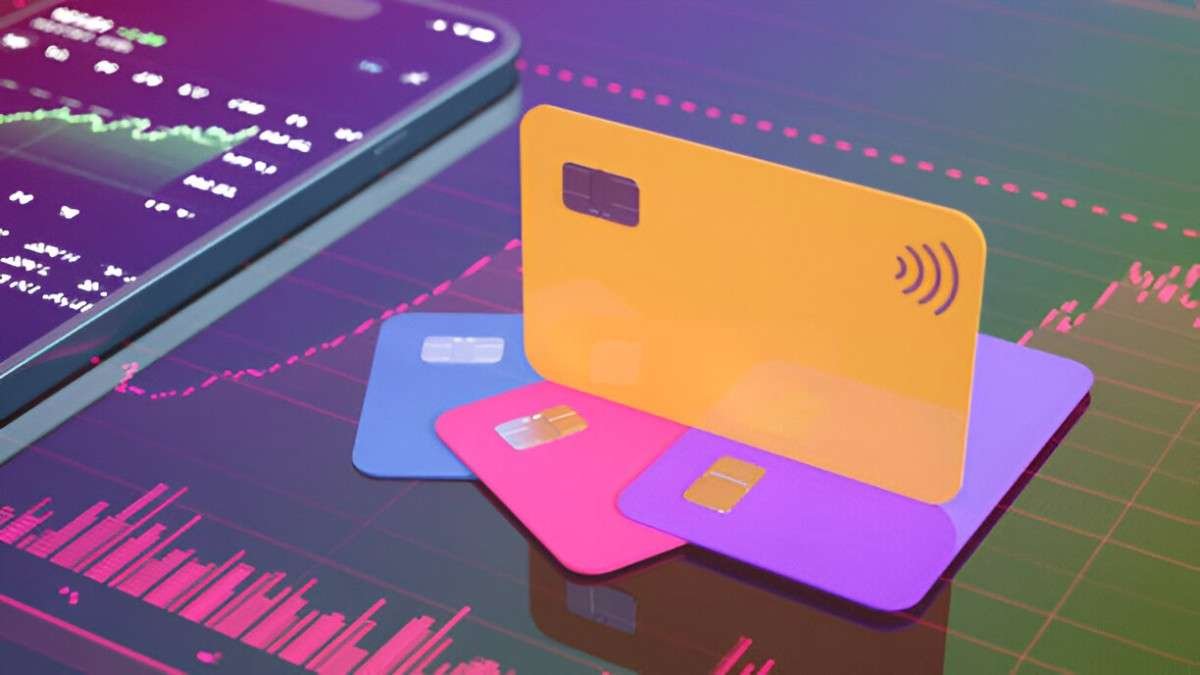Introduction
I have spent years analyzing financial instruments, and few innovations have reshaped consumer behavior as profoundly as multifunctional cards. These cards combine multiple financial and non-financial features into a single, streamlined tool. Whether it’s a debit card with built-in rewards, a corporate card with expense tracking, or a transit card that doubles as a payment method, multifunctional cards are redefining convenience. In this article, I will dissect their definition, explore their features, and examine real-world applications.
Table of Contents
What Are Multifunctional Cards?
A multifunctional card integrates several services—such as payments, identification, loyalty programs, and access control—into one physical or digital medium. Unlike traditional single-purpose cards, these offer versatility, reducing the need to carry multiple cards.
Core Components
- Payment Processing – Supports transactions via debit, credit, or prepaid mechanisms.
- Loyalty Integration – Automatically applies discounts or accrues points.
- Access Control – Functions as a keycard for offices, gyms, or transit systems.
- Digital Wallet Compatibility – Syncs with Apple Pay, Google Pay, or Samsung Pay.
Key Features of Multifunctional Cards
1. Unified Financial Management
Instead of juggling separate cards for expenses, savings, and rewards, users consolidate their financial activities. For instance, the American Express Platinum Card merges travel perks, cashback, and concierge services.
2. Enhanced Security
Multifunctional cards employ:
- EMV chips for fraud prevention.
- Tokenization to mask card details in digital transactions.
- Biometric authentication (e.g., fingerprint scanning).
3. Customizable Spending Controls
Corporate cards often include programmable limits. If a company allocates L = \$5,000 as a monthly travel budget, the card can enforce:
\sum_{i=1}^{n} T_i \leq Lwhere T_i represents individual transactions.
4. Cross-Platform Integration
These cards sync with budgeting apps like Mint or QuickBooks, automating expense categorization.
Applications in Different Sectors
1. Consumer Banking
Banks like Chase and Bank of America embed rewards into debit cards. For example:
| Feature | Traditional Debit Card | Multifunctional Card |
|---|---|---|
| Cashback | No | 1-3% on purchases |
| Fraud Alerts | Basic | Real-time AI monitoring |
| Budget Tracking | Manual entry required | Automatic sync |
2. Corporate Expense Management
Companies use cards like Brex or Ramp to automate approvals and track expenditures. If an employee spends S = \$1,200 on a business trip, the system can:
\text{Reimburse} = S \times \left(1 - \frac{\text{Non-compliant Expenses}}{S}\right)3. Public Transit
Cities like New York and Chicago integrate contactless payments into transit cards. A commuter paying F = \$2.75 per ride might save with:
\text{Monthly Cap} = \min\left(\sum F_i, \$127\right)4. Healthcare and Identification
Some universities issue student IDs that also work as payment cards for campus stores.
Mathematical Modeling of Rewards
Consider a card offering 2\% cashback on groceries and 1\% elsewhere. If a user spends G = \$500 on groceries and O = \$1,000 on other purchases:
\text{Rewards} = 0.02G + 0.01O = \$20 + \$10 = \$30Security vs. Convenience Trade-off
While multifunctional cards simplify life, they also centralize risk. A lost card could compromise:
- Payment data.
- Loyalty points.
- Physical access privileges.
Banks mitigate this with:
- Instant freezing via mobile apps.
- Multi-factor authentication (MFA).
Future Trends
- AI-Powered Spending Insights – Predictive analytics to suggest savings.
- Decentralized Finance (DeFi) Integration – Linking crypto wallets.
- Sustainability Features – Carbon footprint tracking.
Conclusion
Multifunctional cards represent a leap in financial technology, blending convenience with advanced security. From personal finance to corporate logistics, their applications are vast. As adoption grows, I expect further innovation—making them indispensable in our digital economy.





